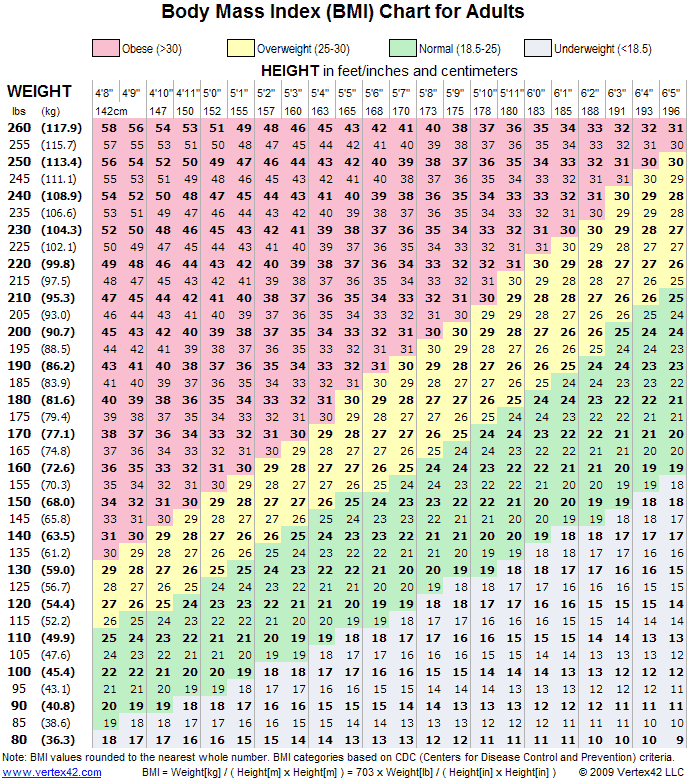

Between 16.0-16.9: moderate underweightĪs said before, the BMI does not take into account several factors and variables for example, professional athletes with high muscle mass may have a body mass index that falls into the overweight or obese category, even though their body fat percentage is low and their disease risk is low.In the general population, a BMI between 18.5 and 24.9 is considered a healthy BMI. My calculator above this paragraph will calculate the result for you as well as will convert your height from cm to m (metric) and from feet and inches into inches (imperial) for your convenience What is a healthy BMI? Your medical history, family history, lifestyle and other measurements together with the BMI will help in assessing your health risks. Your BMI should be interpreted and not looked at as a single number: while it provides very useful information, you need to look at the bigger picture your doctor will help you understand what the BMI result you obtained means in your specific case and what you can do about it. It provides an estimate based on just two variables, without considering other factors such as age, ethnicity, gender, body composition, fat distribution. The standard BMI should not be used for anyone below 20 years of age, nor in pregnant or lactating women. The Body Mass Index (BMI) measures your estimated body fat taking into account your body weight and your height and is used to determine if your weight is within a healthy range or if poses you at higher risk of developing certain conditions and diseases. Complementary exams and tests to evaluate health status in conjunction with BMI.


Therefore, registered dietitians are encouraged to obtained a measured weight and height using a calibrated scale and stadiometer. In research studies and in clinical settings involving older adults, failure to measure height and weight can result in subsequent misclassification of overweight status. Regression equations are provided to determine actual height from self-reported values for older adults.Ĭonclusion/Applications Self-reported heights and weights can be used with younger adults, but they have limitations for older adults, ages >60 years. Specificity was high but sensitivity decreased with increasing age cohorts. When calculated with self-reported height, BMI was one unit lower than when calculated from measured height for persons >70 years. Despite the high correlation between measured and self-reported data, the prevalence of overweight calculated from measured values was higher than that calculated from self-reported values among older adults. For example, the mean error for height ranged from 2.92 to 4.50 cm for women and from 3.06 to 4.29 cm for men, 70 years and older. Statistically significant differences were found for the mean error (measured-self-reported values) for height and BMI that were notably larger for older age groups. Results Age is an important factor in classifying weight, height, BMI, and overweight from self-reports. Statistical analyses performed Only persons with measured and self-reported heights and weights were included in the analysis, and statistical sampling weights were applied, t Tests, Pearson product moment correlation coefficients, sensitivity, and specificity analyses were used to determine the validity of self-reported measurements and prevalence estimates of overweight, defined as BMI of 25 or greater. Subjects The analytical sample consisted of 7,772 men and 8,801 women 20 years old and older. Trained health technicians subsequently measured height and weight using standardized procedures and equipment. During household interviews, survey respondents were asked their height and weight. Objective To compare self-reported to measured heights and weights of adults examined in the Third National Health and Nutrition Examination Survey (NHANES III), and to determine to what extent body mass index (BMI) calculated from self-reported heights and weights affects estimates of overweight prevalence compared with BMI calculated from measured values.ĭesign A complex sample design was used in NHANES III to obtain a nationally representative sample of the US civilian, noninstitutionalized population.


 0 kommentar(er)
0 kommentar(er)
